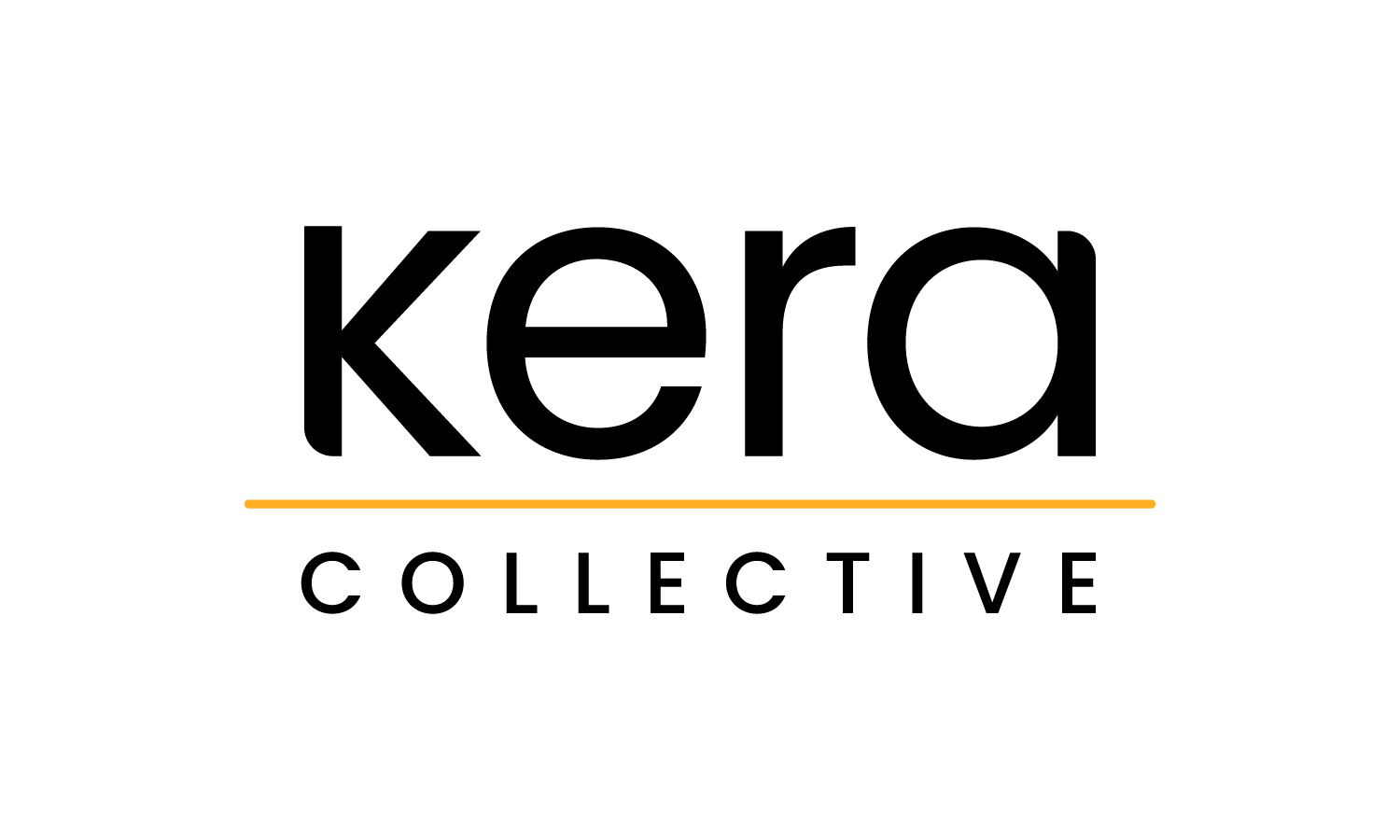Meeting People Where They Are
People bring their own values and beliefs to any encounter they have. To connect and resonate with people, it’s important to take into account their distinctive ways of making sense of the world.
This month, we’re sharing three examples of ways to meet people where they are.
February Coffee Break Picks
CLAIRE’S PICK
Rest If You Agree
“I recently listened to an episode of Contra, Critical Design Lab’s podcast, in which hosts Aimi Hamrae and Kevin Gotkin interview artist Shannon Finnegan about their works that play on accessibility within museums and art spaces. My favorite work by Shannon is ‘Do You Want Us Here Or Not,’ for which they built and painted benches that display phrases such as ‘This exhibition has asked me to stand too long. Sit if you agree’ and ‘Museum visits are hard on my body. Rest if you agree.’ As a disabled person with chronic pain that makes visiting museums without adequate seating hard, it was so cool to learn about Shannon’s work and the process behind it.”
AMANDA’S PICK
Working Effectively with Indigenous Peoples
“At the ASTC Conference in Pittsburgh this past September, I attended an amazing session: ‘Through an Indigenous Lens: Support & Advocacy of Science Centres/Museums through Indigenous Advisory Committees.’ I approached the group on behalf of the Visitor Studies Association to present the session again as a webchat, and the Science North staff and advisors were gracious enough to agree (recording is available for VSA members who missed it!). From their session and others, I learned about the importance of gift-giving, but I felt I needed more guidance on appropriate gift-giving. That is when I came across the Working Effectively with Indigenous Peoples blog, which had posted about gift giving, but is also a rich source of information with e-books and trainings about working with Indigenous peoples.”
EBONY’S PICK
How Does the Public Think About History?
“Frameworks Institute partnered with the American Association for State and Local History, National Council on Public History, and Organization of American Historians to explore this question. During a two-year research project, they sought to understand Americans’ thoughts on history. The resulting report and toolkit, ‘Making History Matter: From Abstract Truth to Critical Engagement,’ offers important insights—for example, how some people still conceive of history as ‘finding a single objective truth’ and how museums and historical organizations can focus ‘critical engagement’ and thinking, a finding that reinforces conversations I have been having with colleagues and teachers. Highlighting new evidence and sources with unacknowledged perspectives is important. Also, as a person who loves language, I appreciated the report’s concrete examples for communicating history and explaining why engagement with history matters.”
What’s New At Kera?
Our new project with the United States Botanic Garden has kicked off! The project is a four-season study on visitor perceptions and experiences of the USBG. We recently started data collection onsite. You may spot our data collectors while strolling through the gardens. 👀
We recently wrapped up some exciting projects. At Green-Wood Cemetery, we explored teachers’ and students’ experiences in their new Urban GreenSpace program, which focuses on environmental education for middle school students. For the North Carolina Museum of Natural Sciences, we prototyped interpretation for a new paleontology exhibition with youth (ages 10-14).
Last month on our Learning Hub, Claire shared tips for how museums can harness TikTok to reach diverse audiences and Ebony wrote about xx.
Moment of Wonder
“I was lucky to be able to spend the first week of January in Rome, Italy. I had been meaning to go back ever since I studied abroad there 14 (!) years ago. Before I left, I wondered, what would be familiar? What would look completely different? Unsurprisingly, the city changed a lot in the time I’d been away and places I thought would feel familiar seemed drastically changed. At the same time, there were moments I’d turn a corner and feel an overwhelming sense of deja vu: I’ve been here before. Coming into a new year, it was a comforting reminder that while change is inevitable, some things are bound to stay the same.”
— Hannah




